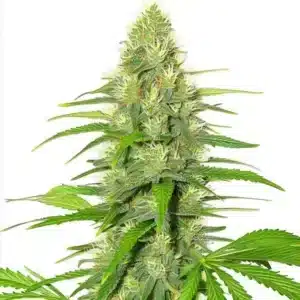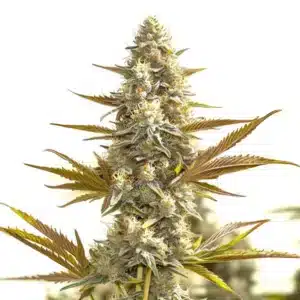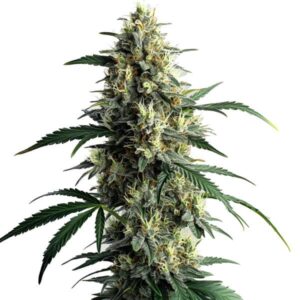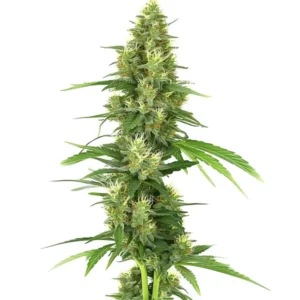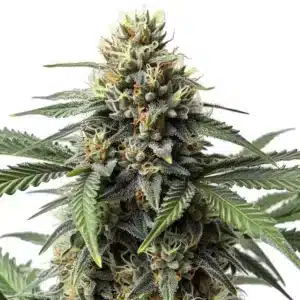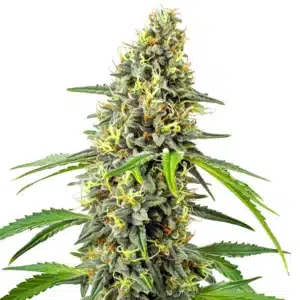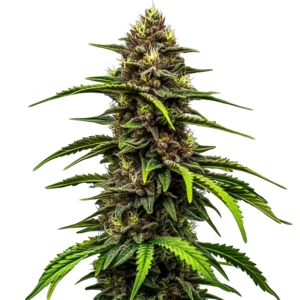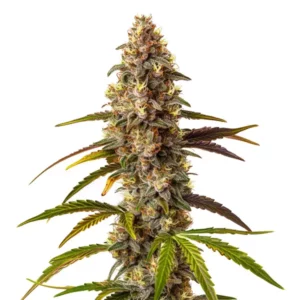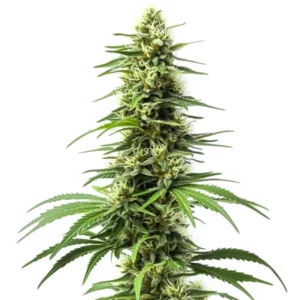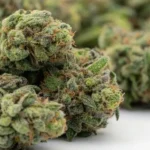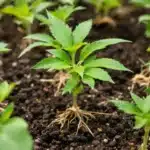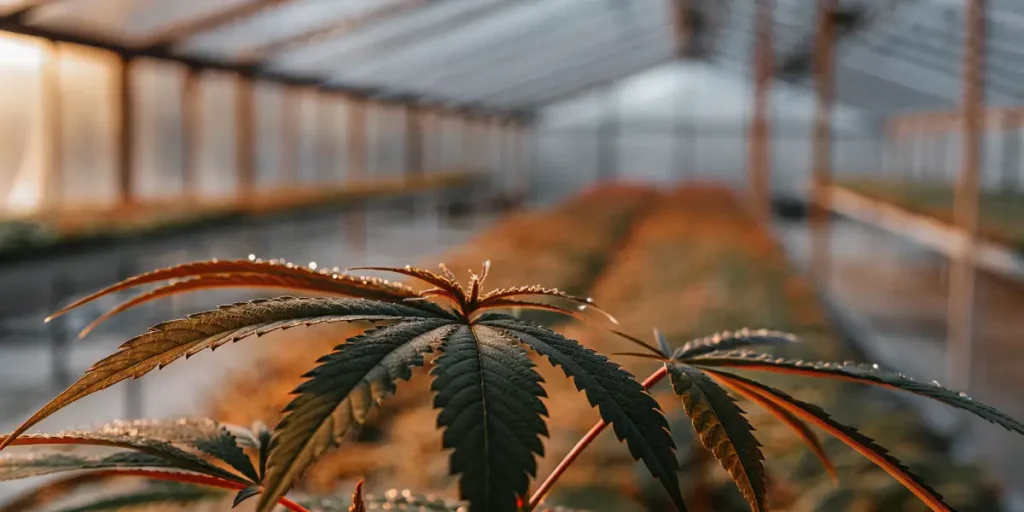
Link Between ROS and Pathogen Resistance in Cannabis
The link between ROS and pathogen resistance in cannabis is a fascinating topic for growers aiming to cultivate robust plants. ROS, or reactive oxygen species, are molecules that play a crucial part in defending cannabis against diseases. They help plants resist pathogens by triggering defense responses. When cannabis plants face stress from pathogens, ROS levels rise, which signals the plant to strengthen its defenses.
Understanding the role of ROS in cannabis pathogen defense mechanisms can improve your growing strategies. By appreciating how these molecules work, you can select strains with enhanced disease resistance. For instance, strains such as Mimosa, known for its resilience, may offer growers an edge in managing plant health.
Recommended Strains
White Widow
|
|
THC | 18% - 25% (Medium) |
|
|
Type | Feminized |
|
|
Yield | High |
|
|
Phenotype | 45% Indica / 55% Sativa |
Mimosa
|
|
THC | 24% - 30% (High) |
|
|
Type | Feminized |
|
|
Yield | High |
|
|
Phenotype | 30% Indica / 70% Sativa |
ROS-mediated pathogen resistance in cannabis plants is a natural defense strategy. It involves a balance between producing enough ROS to trigger defenses and avoiding excess that might harm plant cells. This delicate balance ensures that cannabis plants can fend off pathogens effectively while maintaining growth and productivity.
How ROS Affects Cannabis Pathogen Resistance
The impact of reactive oxygen species on cannabis immunity is significant. When pathogens attack, cannabis plants produce ROS as a first line of defense. These molecules damage the invading pathogens directly and also serve as signals to activate further protective responses.
Plants have evolved to use ROS in their defense strategies. The role of ROS in cannabis pathogen defense mechanisms includes activating enzymes that strengthen cell walls, making it harder for pathogens to penetrate. This is crucial for strains like White Widow, which are known for their sturdy structure and high resistance to diseases.
Furthermore, the link between reactive oxygen species and disease resistance in cannabis highlights the importance of ROS in both direct and indirect defensive actions. As ROS act directly against pathogens, they also initiate a cascade of biological processes that enhance the plant’s resilience. This dual action is essential for developing robust cannabis strains that can thrive in diverse environmental conditions.
Besides to their defensive role, ROS are involved in signaling mechanisms that regulate other physiological processes in cannabis. These include growth and development, which are crucial for maintaining a balance between defense and productivity. By understanding the complex interactions between ROS and cannabis biology, growers can optimize their strategies for cultivating healthy and high-yielding plants.
Practical Applications for Growers
Growers can leverage the link between reactive oxygen species and disease resistance in cannabis by choosing strains that naturally produce more ROS. This can lead to less reliance on chemical treatments and a more organic approach to cultivation.
For instance, monitoring the oxidative stress levels in your plants can provide insights into their health. Oxidative stress occurs when there is an imbalance between ROS production and the plant’s ability to detoxify these molecules. By managing this, you can ensure your plants remain healthy and productive.
Implementing practices that enhance the plant’s natural defense systems can significantly improve cannabis pathogen resistance and oxidative stress management. This includes using organic fertilizers that support a balanced nutrient supply, thereby reducing the likelihood of excessive ROS production and subsequent damage.
Moreover, growers can experiment with different growing techniques, such as controlled stress exposure, which can condition plants to better manage ROS levels. These techniques not only enhance disease resistance but also contribute to the overall vigor and productivity of the cannabis plants.
- Choose strains with natural resilience, such as Gorilla Glue 4.
- Implement organic growing methods to enhance natural pathogen resistance.
- Regularly check plant health to manage and balance ROS levels effectively.
Promos & Deals
Strain Selection and ROS Management
Selecting the right cannabis strain is critical in managing ROS levels. Strains that are bred for resilience often have better mechanisms for handling oxidative stress. Growers can look for strains that have been tested for their pathogen resistance capabilities.
When selecting seeds from Blimburn Seeds, consider the environmental conditions your plants will face. Strains such as Mimosa might be more suitable for indoor growing where environmental controls can be tightly managed. In contrast, White Widow could be ideal for outdoor setups due to its robust nature.
Knowing the link between ROS and pathogen resistance in cannabis helps in making informed decisions regarding strain selection. By choosing strains known for their ability to manage ROS effectively, growers can minimize the risks associated with oxidative stress and improve disease management strategies.
Additionally, breeders are continuously developing new strains with enhanced ROS-mediated pathogen resistance in cannabis plants. Keeping abreast of these advancements can provide growers with more options for cultivating resilient and productive cannabis varieties, ensuring success across different growing environments.
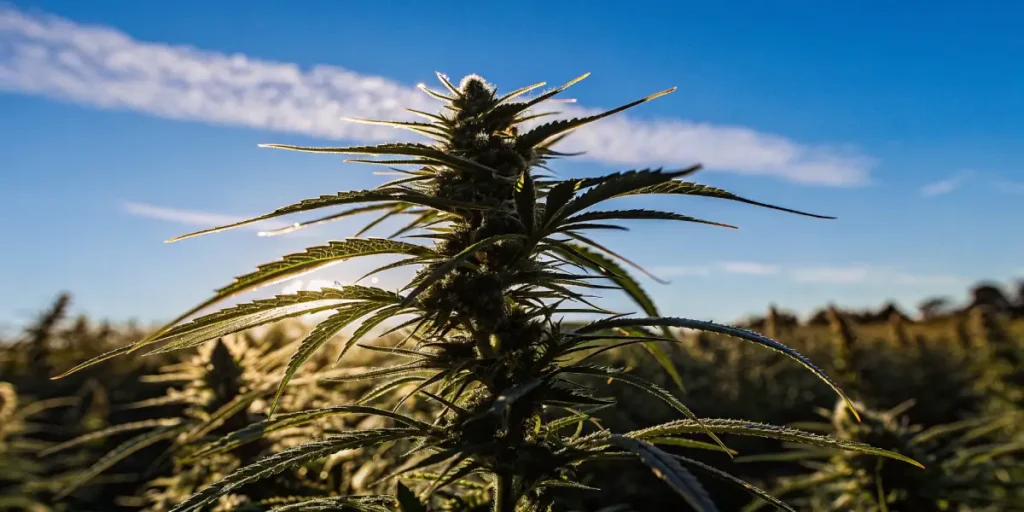
Optimizing Growth Conditions
Optimizing growth conditions can help manage the role of ROS in cannabis pathogen defense mechanisms. Ensuring proper light, temperature, and humidity levels can influence how well your cannabis plants handle oxidative stress.
Furthermore, using organic soil amendments can boost plant health. These amendments can improve nutrient uptake, thereby supporting the plant’s natural defense systems. This not only helps in managing ROS levels but also enhances overall plant vitality.
Creating an optimal growing environment is crucial for balancing ROS levels and ensuring robust cannabis pathogen resistance and oxidative stress management. Factors such as soil quality, water availability, and pest control all play a significant role in maintaining healthy plants that can effectively utilize ROS in their defense strategies.
Moreover, regular environmental assessments and adjustments can prevent the development of conditions that may lead to excessive ROS production. This proactive approach not only supports disease resistance but also contributes to achieving higher yields and superior cannabis quality.
- Maintain consistent environmental conditions to support plant health.
- Incorporate organic amendments to boost resistance naturally.
- Monitor environmental stressors that could impact ROS production.
Harnessing ROS for Better Cannabis Yields
Leveraging the link between ROS and pathogen resistance in cannabis can lead to better yields. By understanding how to manage ROS, growers can reduce the incidence of disease and improve plant productivity.
For instance, managing ROS through proper nutrition can enhance plant health. Balanced fertilization ensures that plants have the resources needed to maintain their defenses without excessive ROS production that could cause damage.
Integrating the role of ROS in cannabis pathogen defense mechanisms into cultivation practices can significantly enhance yield outcomes. By strategically managing ROS levels, growers can create an environment where plants are more resilient to stressors, leading to healthier growth and increased productivity.
Additionally, employing advanced cultivation techniques, such as precision agriculture, allows for tailored interventions that optimize ROS balance. This targeted approach enhances the plant’s natural ability to resist pathogens, contributing to successful harvests and high-quality cannabis products.
Tips for Managing ROS
Managing ROS involves a mix of strategies. Start with selecting disease-resistant strains from Blimburn Seeds. Then, focus on maintaining optimal growth conditions and monitoring plant health regularly.
Consider implementing a routine check for signs of oxidative stress, such as leaf discoloration or stunted growth. These indicators can help you adjust your growing practices accordingly to maintain a healthy balance of ROS.
Incorporating technology into the cultivation process can provide valuable insights into ROS management. Tools that monitor environmental conditions and plant health can help growers make informed decisions to optimize the link between ROS and pathogen resistance in cannabis.
Furthermore, continuous education on the latest research regarding ROS-mediated pathogen resistance in cannabis plants can empower growers to adopt innovative practices. Staying updated on scientific advancements ensures that growers can maintain competitive and sustainable cultivation methods.
- Select strains like Gorilla Glue 4 for their natural resistance.
- Ensure balanced nutrition to support healthy ROS levels.
- Monitor for signs of stress to catch issues early.
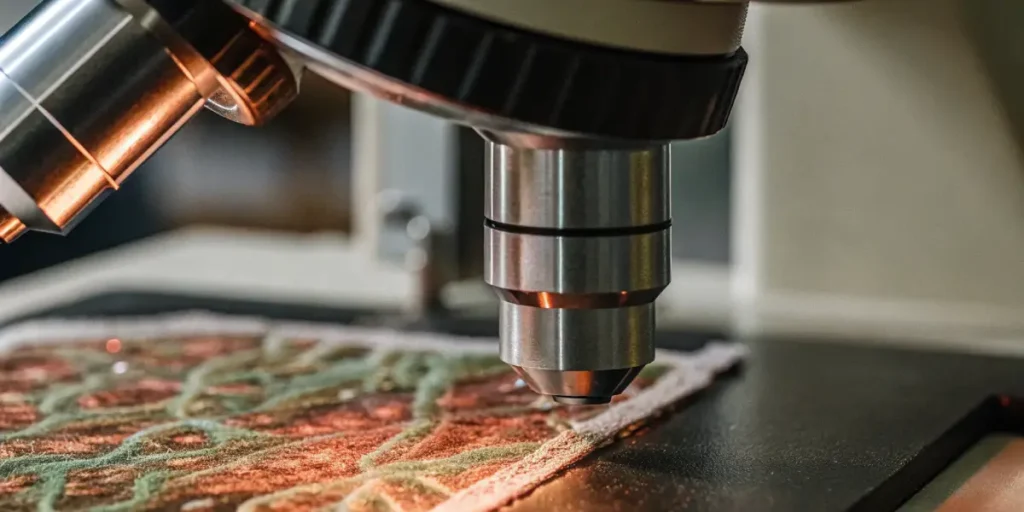
FAQs on ROS and Pathogen Resistance in Cannabis
What is the link between ROS and pathogen resistance in cannabis?
The link between ROS and pathogen resistance in cannabis involves the plant’s defense system using reactive oxygen species to signal and activate protective measures. When a pathogen attacks, ROS levels increase, helping to ward off diseases by strengthening plant defenses.
This mechanism is vital for growers who want to cultivate resilient cannabis plants. By understanding this link, you can choose strains that naturally manage ROS levels better, such as Mimosa, which can enhance your growing success.
Recognizing the significance of the link between reactive oxygen species and disease resistance in cannabis can guide growers in implementing strategies that promote plant health and resilience. This understanding is essential for developing a comprehensive approach to disease management and yield optimization.
Moreover, fostering a deeper comprehension of ROS’s role in cannabis pathogen defense mechanisms can lead to the creation of more targeted breeding programs. Such initiatives aim to produce strains that are specifically optimized for managing ROS, thereby enhancing overall crop performance.
How does ROS affect cannabis plant immunity?
ROS play a crucial role in cannabis plant immunity by acting as both a direct defense against pathogens and a signal for activating further immune responses. When a plant is under attack, ROS can damage the pathogen directly or trigger the plant to produce other defensive compounds.
For growers, this means that managing ROS levels can directly impact the plant’s ability to resist diseases. Strains like White Widow are known for their robust immune responses, partly due to efficient ROS management.
The impact of reactive oxygen species on cannabis immunity extends beyond immediate pathogen defense. It also influences long-term plant health and development, affecting how plants grow and respond to environmental challenges over time.
By integrating ROS management into their cultivation practices, growers can create a resilient growing environment that supports strong immune responses. This holistic approach ensures that cannabis plants maintain their vigor and productivity, even under stress conditions.
Can oxidative stress harm cannabis plants?
Oxidative stress occurs when ROS levels exceed the plant’s ability to manage them, potentially leading to cell damage. This stress can manifest as leaf discoloration, wilting, or stunted growth, which can affect overall yield and plant health.
To avoid oxidative stress, growers should monitor environmental conditions and provide balanced nutrition. Strains like Gorilla Glue 4, which are bred for resilience, can handle oxidative stress more effectively, offering a buffer against potential damage.
Cannabis pathogen resistance and oxidative stress are closely linked, with effective ROS management playing a crucial role in preventing damage. By knowing the signs of oxidative stress, growers can proactively address issues, ensuring plant health and maximizing yield potential.
Adopting preventative measures, such as maintaining optimal growing conditions and selecting appropriate strains, can significantly reduce the risk of oxidative stress. These strategies contribute to a sustainable cultivation system that supports healthy and productive cannabis growth.
Which strains are best for managing ROS naturally?
Strains like Mimosa, White Widow, and Gorilla Glue 4 are excellent choices for growers focusing on natural ROS management. These strains have been bred for their resilience and ability to handle environmental stressors effectively.
Choosing the right strain is crucial as it sets the foundation for healthy growth and disease resistance. By selecting these strains from Blimburn Seeds, you can take advantage of their natural abilities to manage ROS and enhance your cultivation success.
Integrating the link between ROS and pathogen resistance in cannabis into strain selection can significantly impact the success of cultivation efforts. By prioritizing strains known for their effective ROS management, growers can ensure a robust defense against diseases.
Furthermore, engaging with breeders and seed suppliers who focus on developing strains with enhanced ROS-mediated pathogen resistance in cannabis plants can provide growers with a competitive edge. These collaborations can lead to the discovery of new, resilient varieties suited to specific growing conditions.
How can I optimize my growing conditions to manage ROS?
Optimizing growing conditions involves maintaining consistent environmental factors such as light, temperature, and humidity. These conditions influence the plant’s ability to manage ROS effectively, reducing the risk of oxidative stress.
Incorporating organic amendments can also support natural defense mechanisms. Regular monitoring and adjustments ensure that your cannabis plants have the best environment to thrive, minimizing the impact of ROS on plant health.
Creating a stable growing environment is key to managing the link between ROS and pathogen resistance in cannabis. By ensuring that plants are not exposed to extreme fluctuations, growers can support the natural processes that regulate ROS levels and maintain plant health.
Advanced cultivation techniques, such as hydroponics or controlled-environment agriculture, offer opportunities to fine-tune growing conditions for optimal ROS management. These methods allow for precise control over environmental factors, enhancing the plant’s ability to resist pathogens and thrive.


